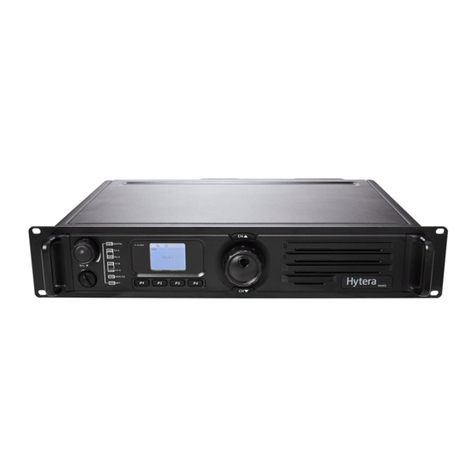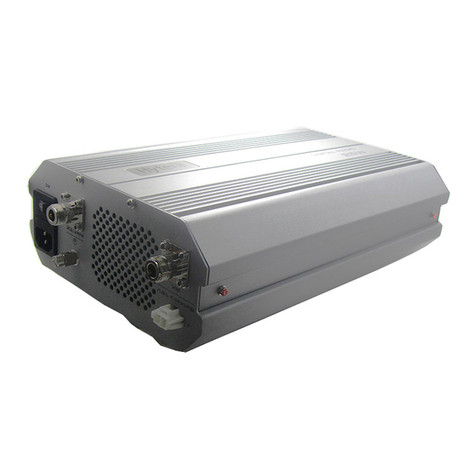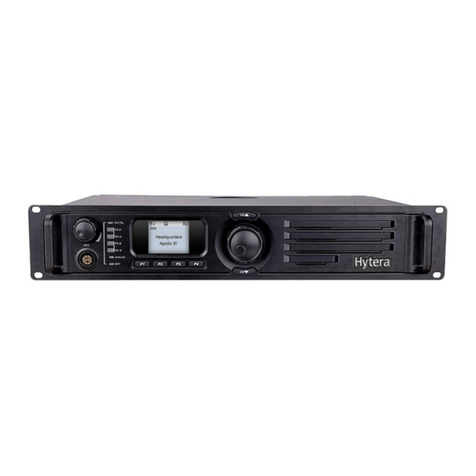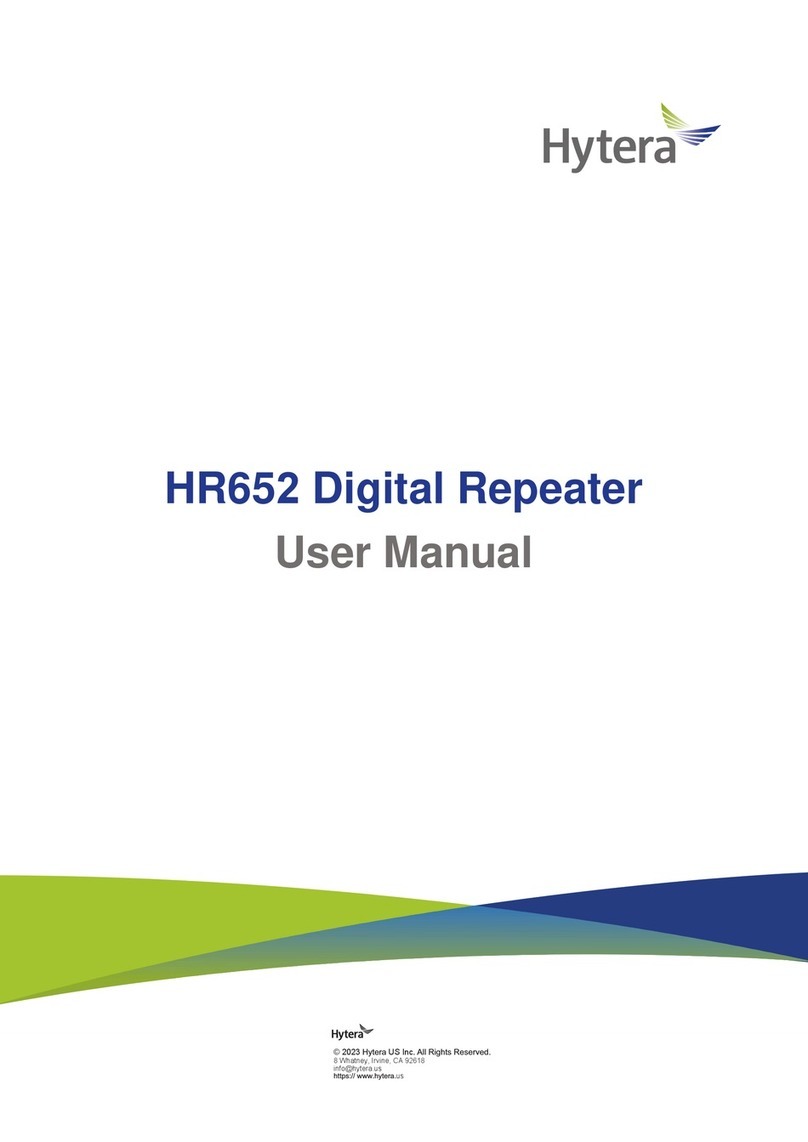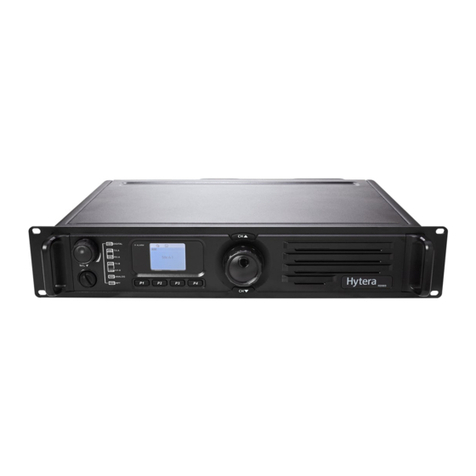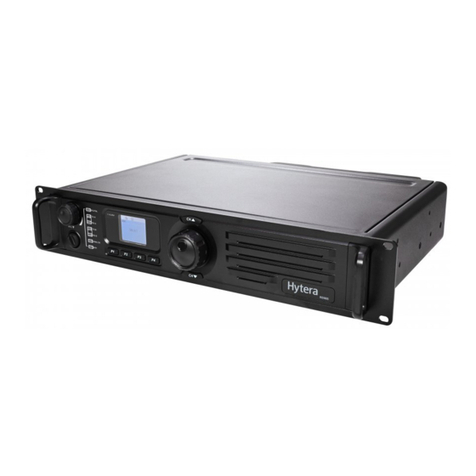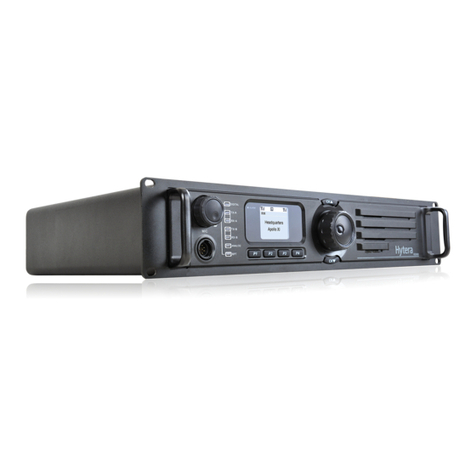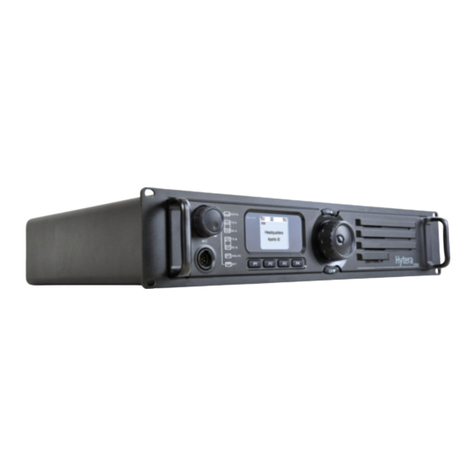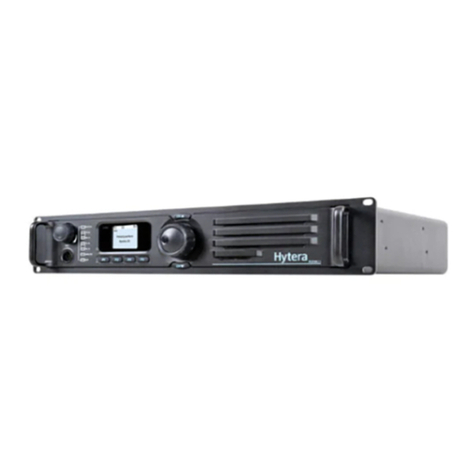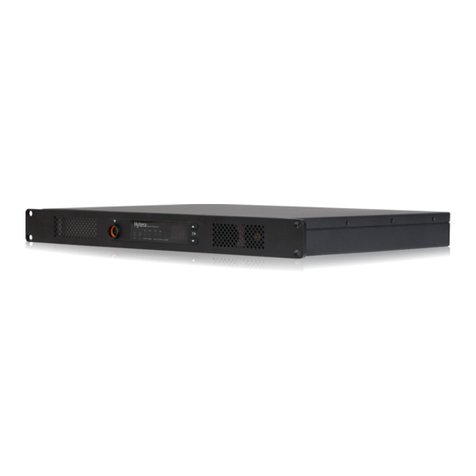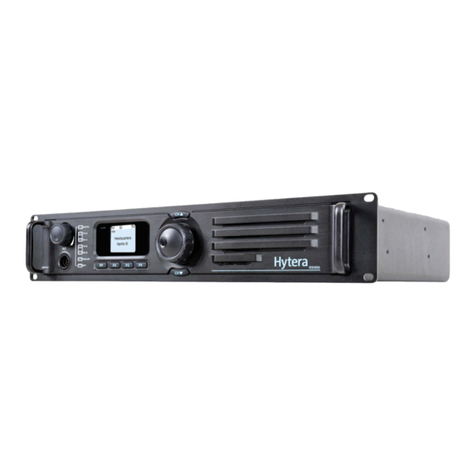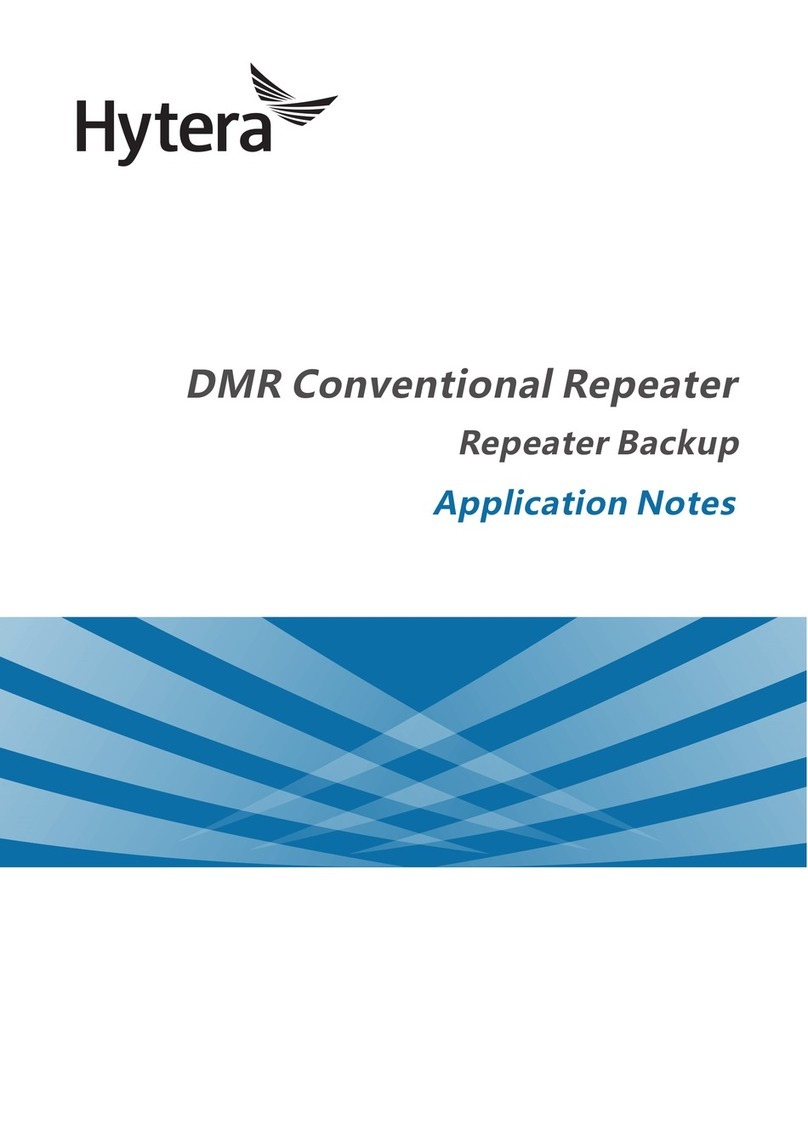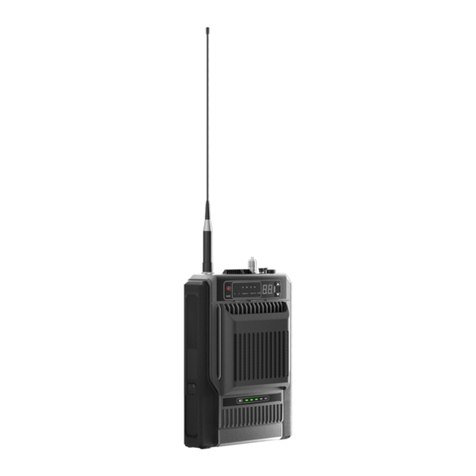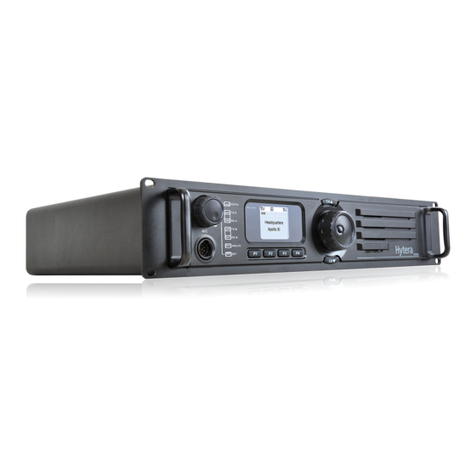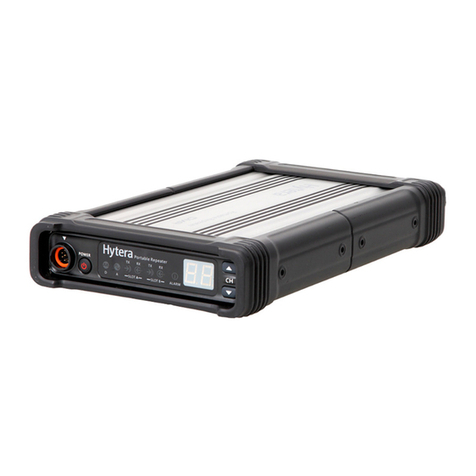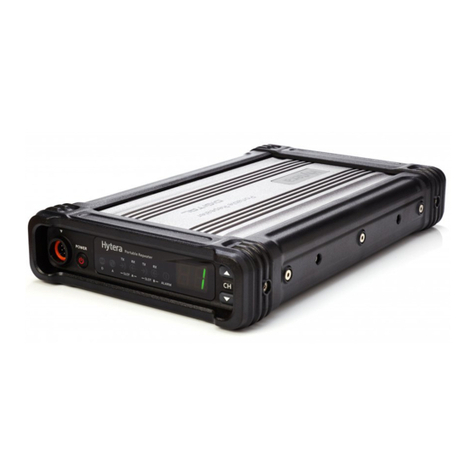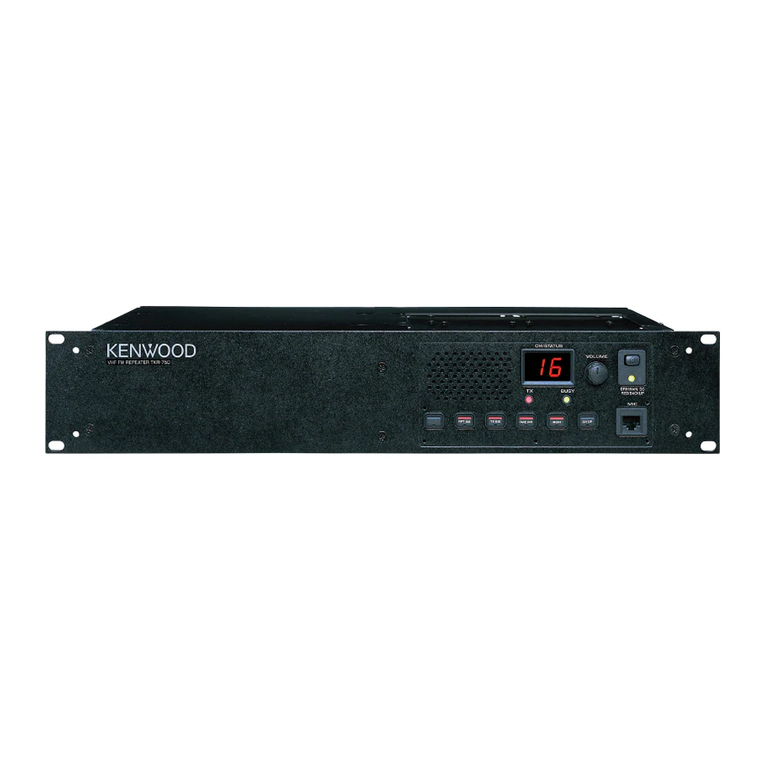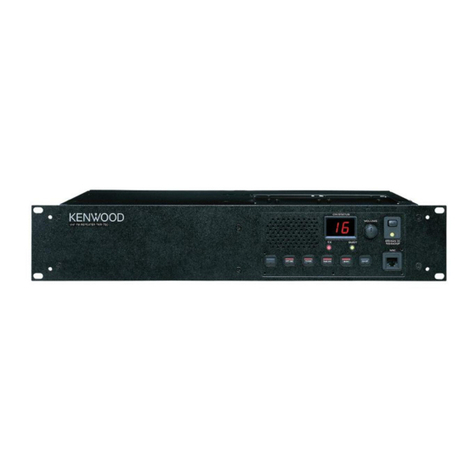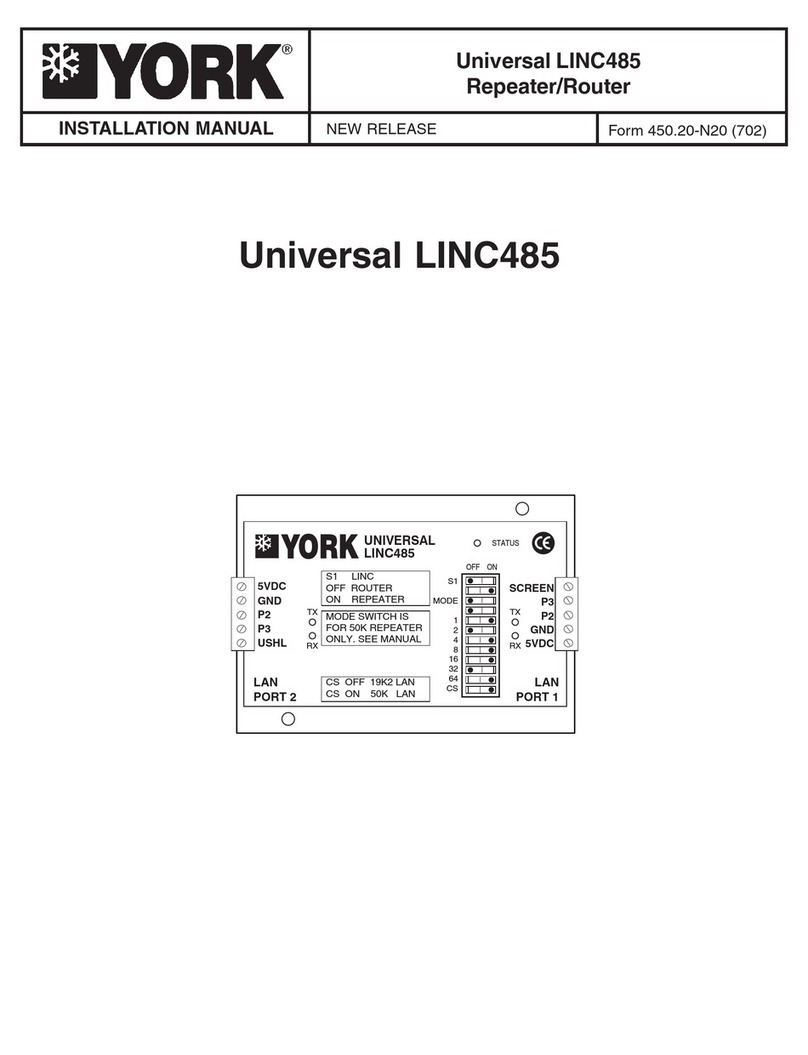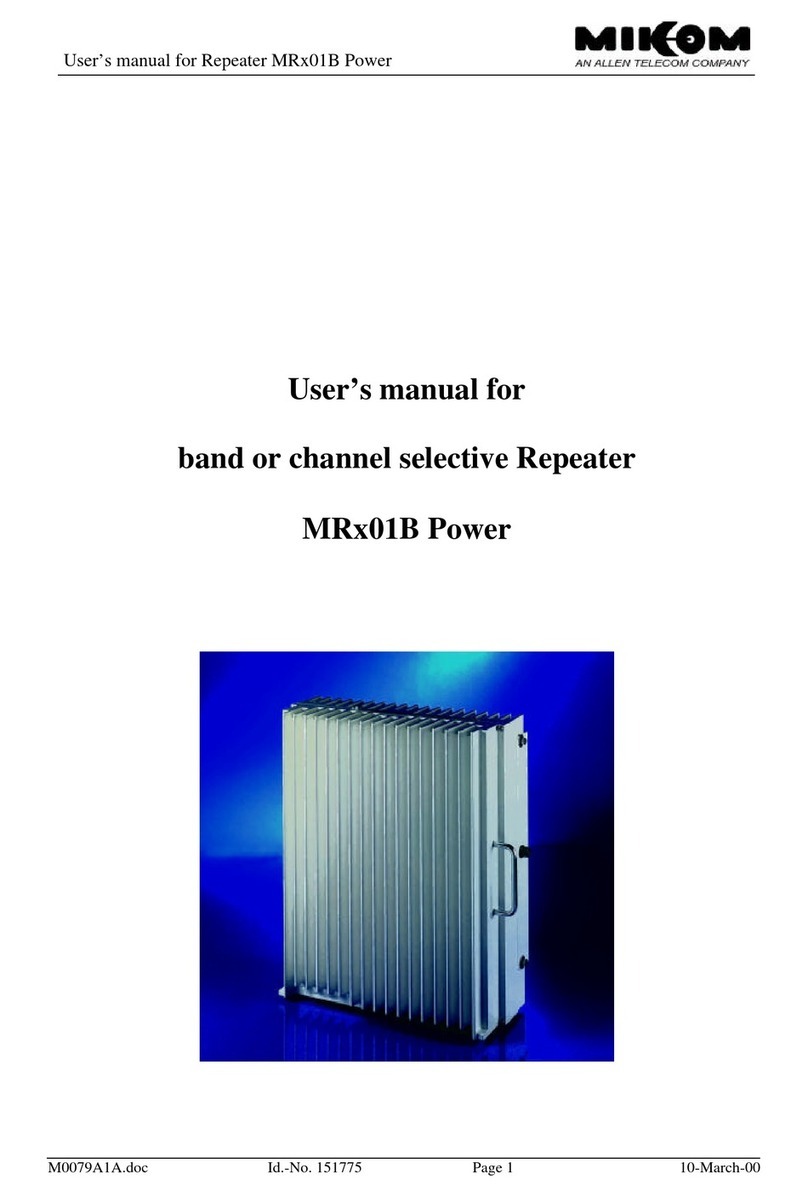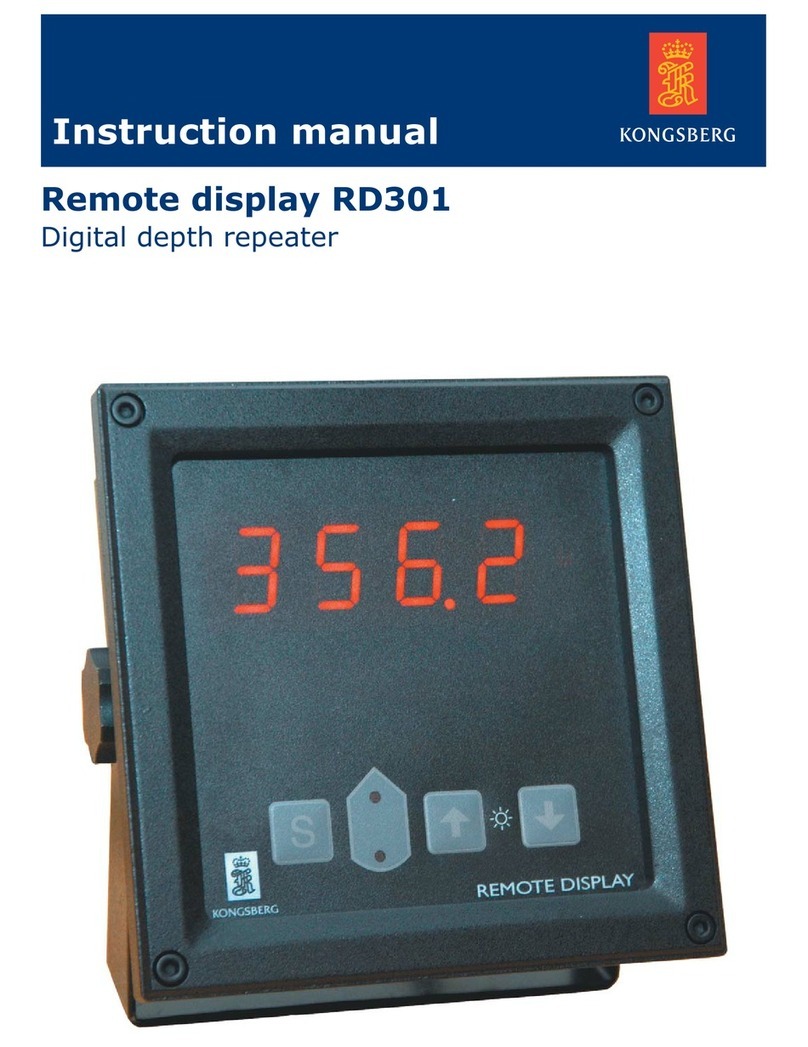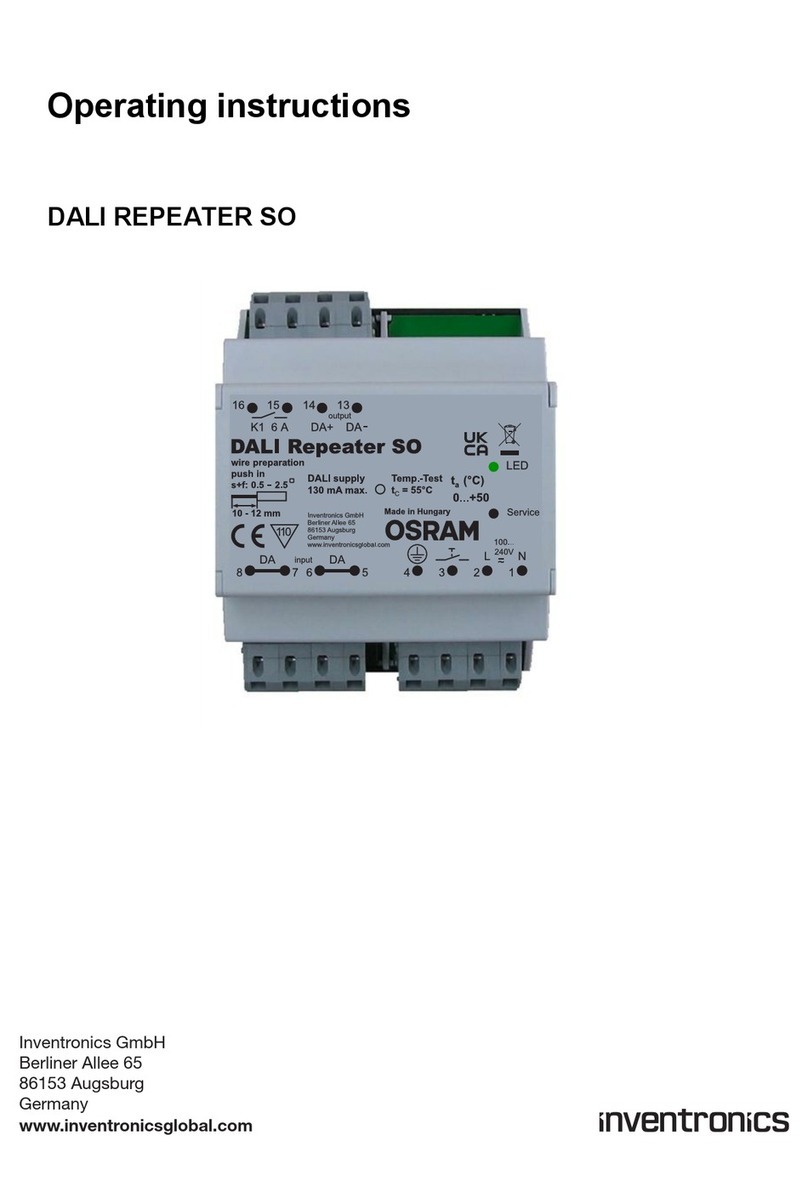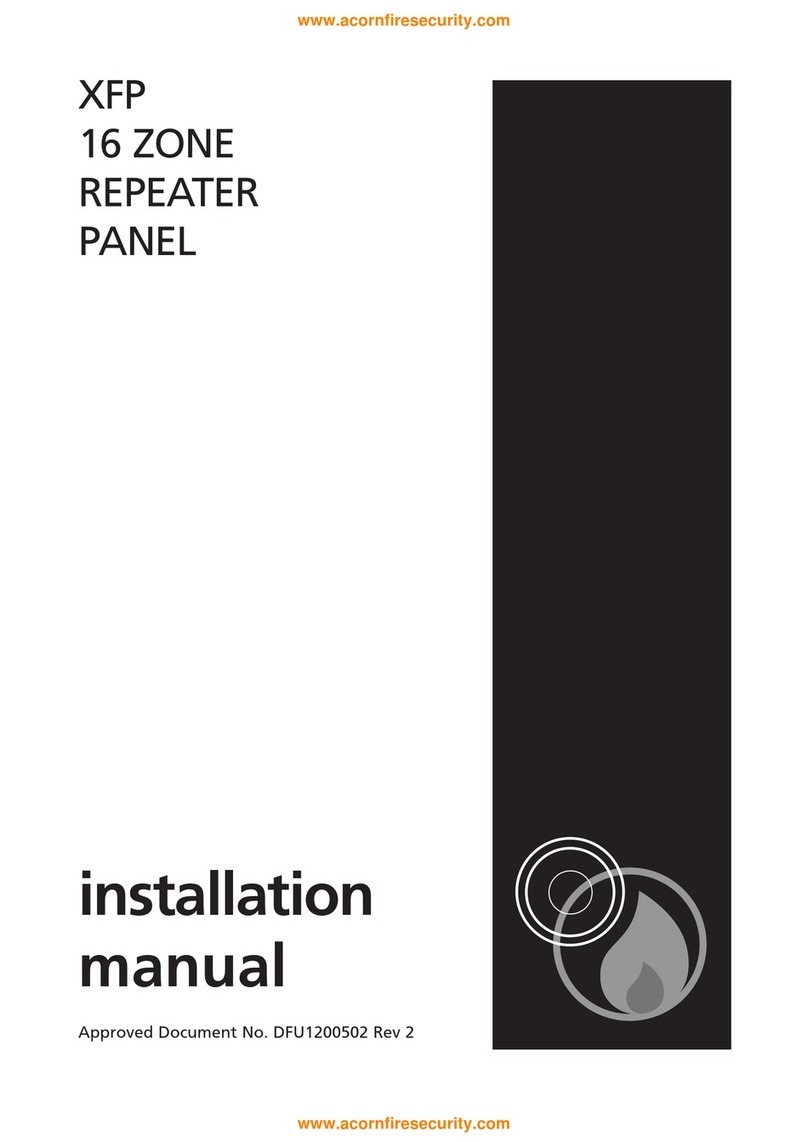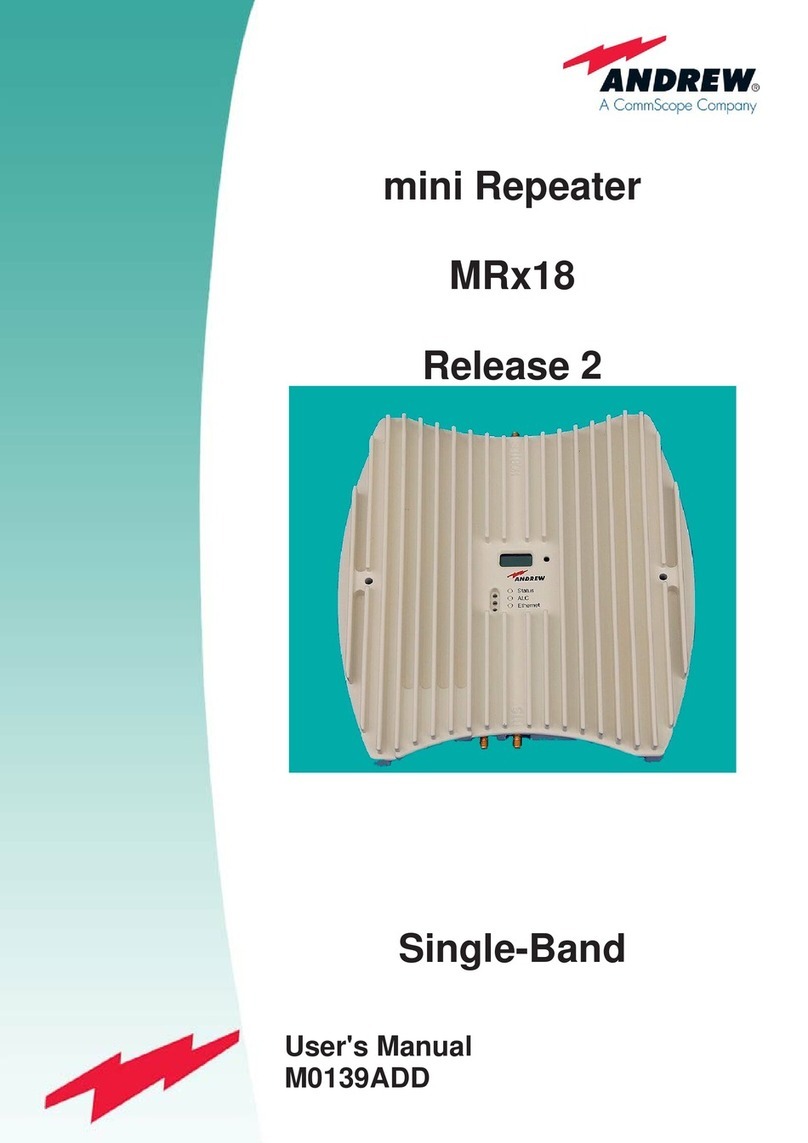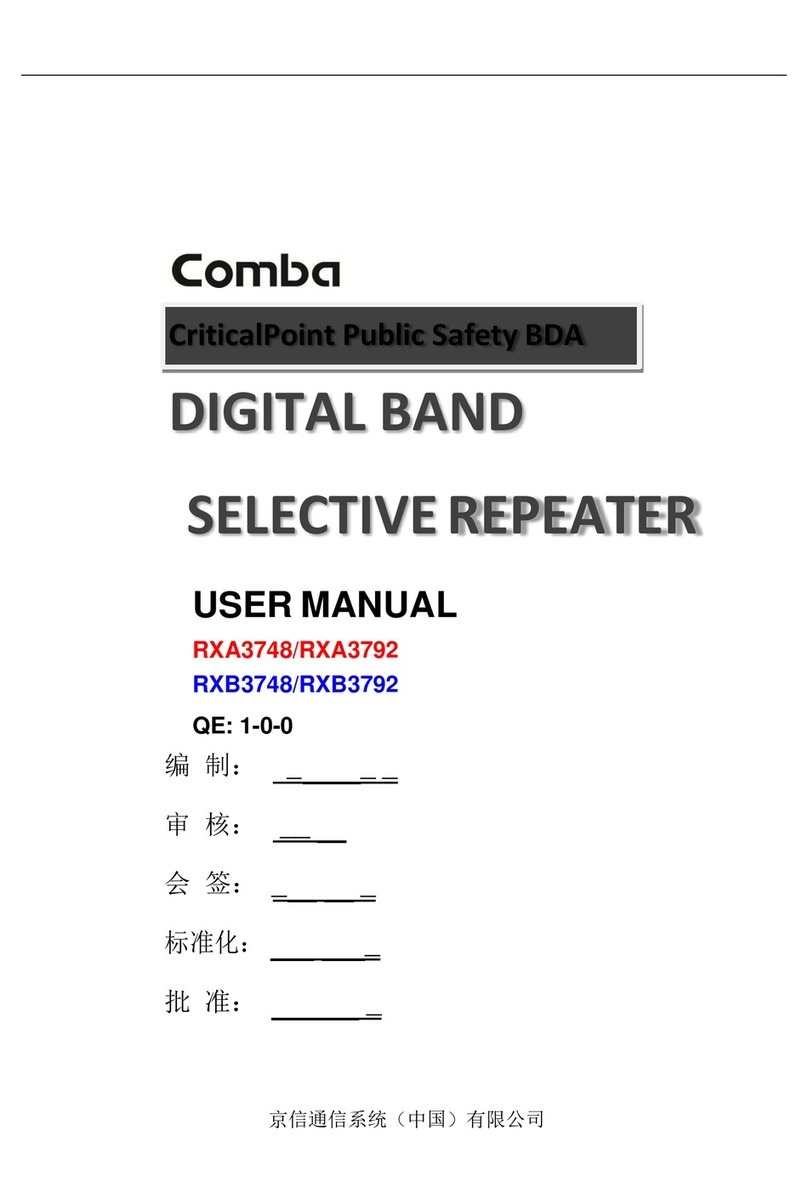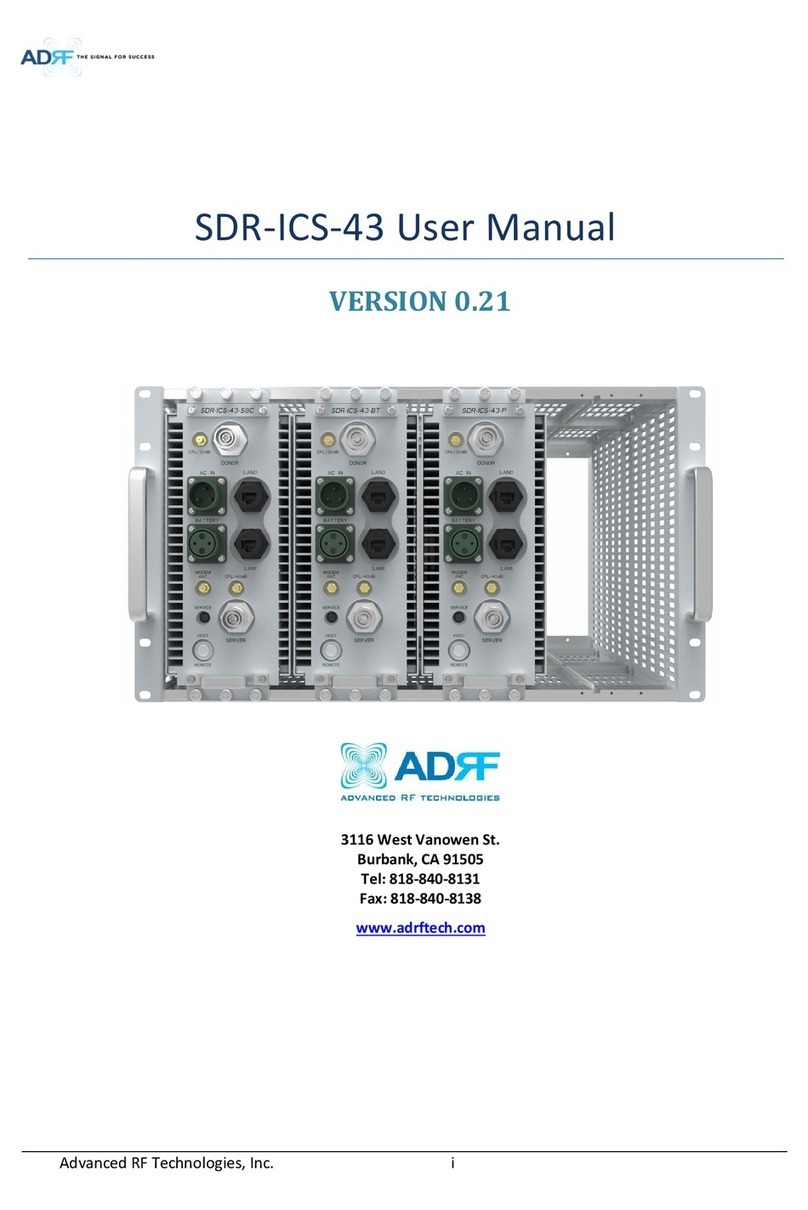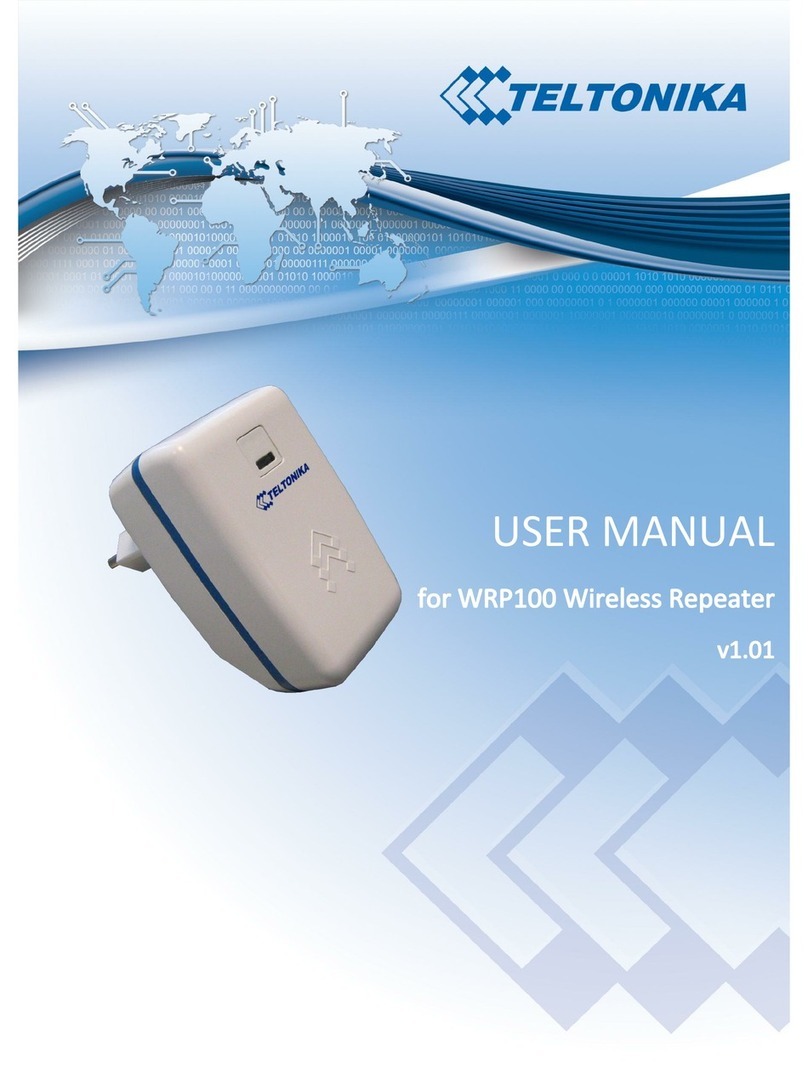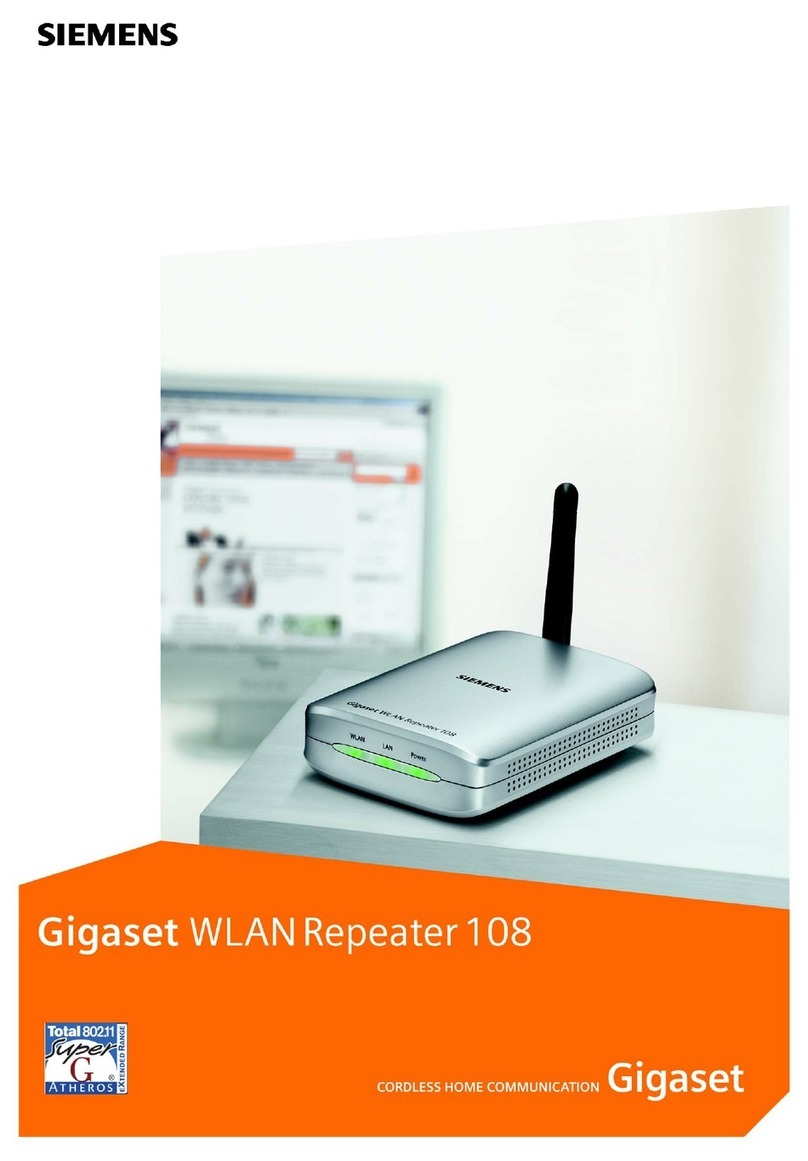
User Manual Contents
i
Contents
Documentation Information ..................................................................................................................... 1
1. Introduction ........................................................................................................................................... 3
1.1 Product Description ........................................................................................................................... 3
1.2 Highlights........................................................................................................................................... 3
1.3 System Architecture........................................................................................................................... 3
1.3.1 Star Topology........................................................................................................................... 4
1.3.2 Chain Topology........................................................................................................................ 5
1.3.3 Ring Topology.......................................................................................................................... 5
1.3.4 Hybrid Topology ....................................................................................................................... 6
1.4 Specifications .................................................................................................................................... 6
2. Packing List......................................................................................................................................... 10
2.1 Cable-access Donor Unit................................................................................................................. 10
2.2 Wireless-access Donor Unit ............................................................................................................ 10
2.3 Remote Unit..................................................................................................................................... 10
3. Getting Started .................................................................................................................................... 11
3.1 Appearance ..................................................................................................................................... 11
3.2 Donor Unit Interfaces....................................................................................................................... 12
3.2.1 Cable-access Donor Unit....................................................................................................... 12
3.2.2 Wireless-access Donor Unit .................................................................................................. 13
3.3 Remote Unit Interfaces .................................................................................................................... 13
3.4 Interface Description........................................................................................................................ 14
3.5 Interface Definition........................................................................................................................... 15
3.6 LED Indicators ................................................................................................................................. 16
4. Installation ........................................................................................................................................... 18
4.1 Safety Information............................................................................................................................ 18
4.2 Installation Flow............................................................................................................................... 19
4.3 Preparation ...................................................................................................................................... 19
4.3.1 Environment .......................................................................................................................... 20
4.3.2 Instruments and Tools............................................................................................................ 21
4.3.3 Material Preparation .............................................................................................................. 21
4.4 Installing the Units ........................................................................................................................... 21
4.4.1 Installation Parts .................................................................................................................... 22
4.4.2 Installing the Product ............................................................................................................. 22
4.4.3 Cabling .................................................................................................................................. 27
4.5 Post-installation Check .................................................................................................................... 34
4.5.1 Checking the Installation........................................................................................................ 34
4.5.2 Checking the Device with Power On ..................................................................................... 34
